Riding on the currents of empire and commerce, tea’s ascendancy became firm, irrevocable and near-universal. Yet before this triumph, the world drank otherwise—and it drank richly. Across continents, cultures had already brewed their identities into cups of warmth, vigour, and ritual.
Before Tea’s Arrival
In the East, rice wine and fermented brews anchored feasts and ceremonies; in the West, beer and ale were daily staples, safer than water and friendlier to labouring stomachs. Coffee, strong and bitter, was already stirring Ottoman courts and Venetian cafés, while chocolate, thick and spiced, flowed into gilt cups in the courts of Spain. These drinks spoke of indulgence and awakening, of warmth and community. But none yet held the delicate balance that tea would soon bring—stimulant without stupor, ritual without excess, intimacy without intoxication.
In China, tea was already centuries old—a bowl of philosophy as much as flavour. For the rest of the world, however, its arrival was less an addition than a quiet revolution. Morning ale gave way to the morning cup; tavern brawls ceded space to the civility of tea gardens and parlours. Nations found in tea not only a drink but a discipline: a way of gathering, pausing, conversing, reflecting.
Thus, tea became a symbol, morphing into a thousand avatars: strong and spiced in India, clear and ceremonial in Japan, sweet and milky in England, minty in Morocco. Its genius was adaptability; its domination, near-total. And yet in its wake unfolded a quieter story—the slow relegation of indigenous beverages, erased or forgotten. What tea displaced, it often did without a fight.
The Indigenous Universe of Beverages
Before the tea leaf unfurled its dominion, the world drank from a diverse and deeply rooted palette. Each region, shaped by climate, flora, and spiritual traditions, cultivated its own repertoire—not merely to quench thirst, but to restore balance, invite reflection, and bind communities.
In India, land of six seasons and a thousand tongues, drinks were inseparable from Ayurveda and the earth’s bounty. The Charaka Samhita, a foundational text, prescribed beverages that calmed, cooled, or corrected: panakam with jaggery, ginger, and cardamom for the heat of summer; lassi for digestion; kadha of tulsi, pepper, and cinnamon for cough and fever; bel sharbat and aam panna to soothe the fiery pitta. These were more than refreshments—they were remedies, rituals, and heirlooms, whispered from one generation to the next.
In the Middle East, long before coffee or tea, sherbets of rosewater, tamarind, saffron, or dried lime offered sweetness and solace in harsh climates. The very word sharbat, from Persian, travelled with Islam across continents, naming the idea of a “syruped” drink. Rumi captured its essence:
“There is a community of the spirit.
Join it, and feel the delight
of walking in the noisy street
and being the noise.”
So, too, with sherbet: an act of joining, a sweetness shared.
In Africa, native grains, barks, and blossoms gave rise to beverages intimate with soil and cycle. Karkadeh, the ruby hibiscus infusion of Egypt and Sudan, cooled the body and sanctified festivity. Fermented millet or sorghum drinks—pito, tej—were poured at weddings and harvests, inseparable from the rhythms of life. A Ghanaian proverb teaches: “Wisdom is like a baobab tree; no one individual can embrace it.” The same could be said of these shared drinks—never solitary, always communal.
In South America, long before European conquest, the Guaraní and other Indigenous peoples communed over yerba maté—a bitter, caffeinated infusion sipped from a gourd through a shared straw. It was stimulant, symbol, and sacred thread, weaving tribe and time together. Pablo Neruda, in his Ode to Maté, honoured it:
“Maté,
you are
the voice of the autumn,
the friend of the dawn,
companion of the worker’s fatigue.”
So too, maize-based chicha blended nutrition with ritual, fermenting story with sustenance.
In East Asia, before tea’s supremacy, rice wines, herbal decoctions, and fruit infusions nurtured vitality. Koreans brewed omija-cha—the “five-flavour berry tea”—to balance the body; Japanese warmed themselves with amazake; Chinese steeped goji and ginseng to replenish energy. Closer to medicine than indulgence, they linked the body with the cosmos. As a Japanese proverb reminds us: “One kind word can warm three winter months.” Perhaps one cup could, too.
What Was Lost, What Remains
What binds these traditions is their intimacy with the local. They were born not of empire or commerce but of observation—of season, soil, and need. They were unbranded, unstandardised, uncommodified. No universal recipe fixed them. They changed from village to village, season to season. They were poetry without print, medicine without clinic, celebration without pomp.
The coming of tea introduced another model—plantation monoculture, global uniformity, imperial distribution, commercial packaging. It offered convenience and comfort, but also obscured what it replaced.
To ask what we lost is not to indict tea, but to rediscover a world that once drank differently—and perhaps, more wisely. In the next part, we shall return to India, whose pre-tea beverages formed a universe of taste, medicine, and meaning that deserves to be remembered in its own right.
(Uday Kumar Varma is an IAS officer. Retired as Secretary, Ministry of Information & Broadcasting)
.jpg)
 Uday Kumar Varma
Uday Kumar Varma 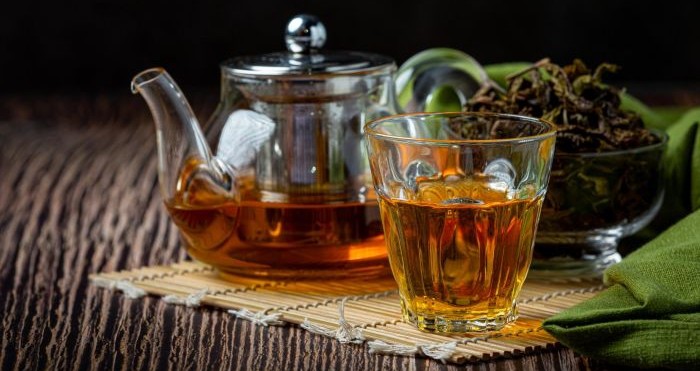



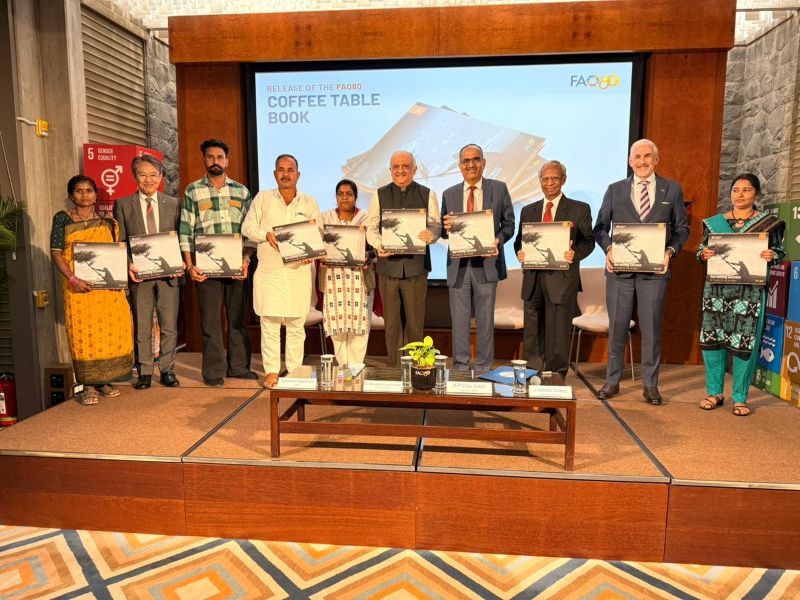
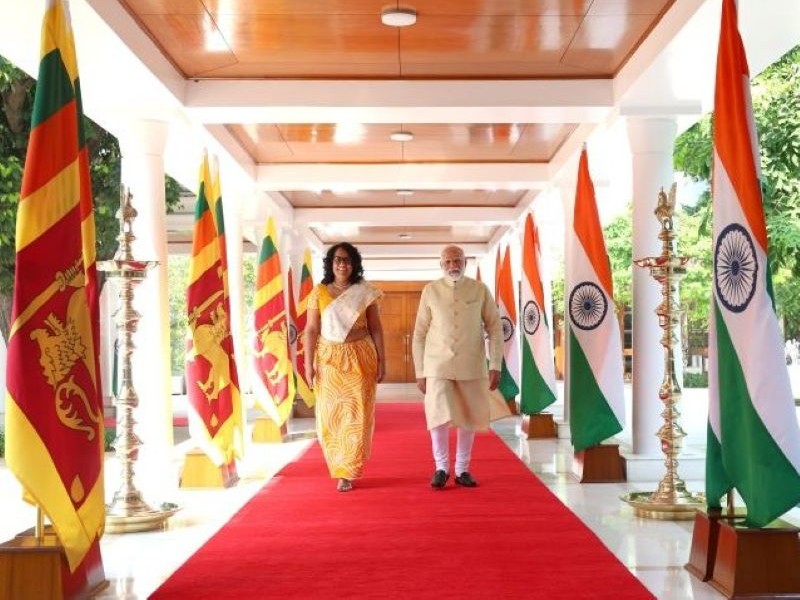

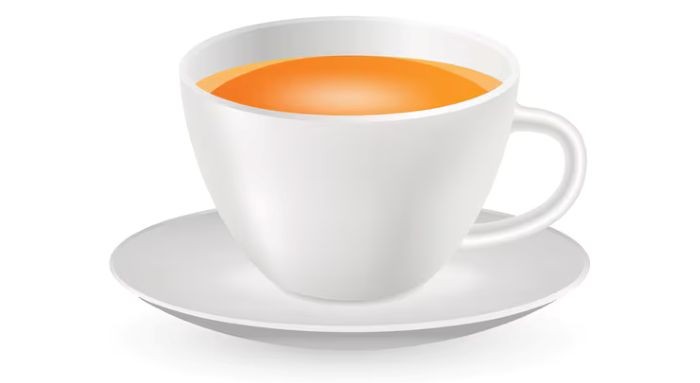


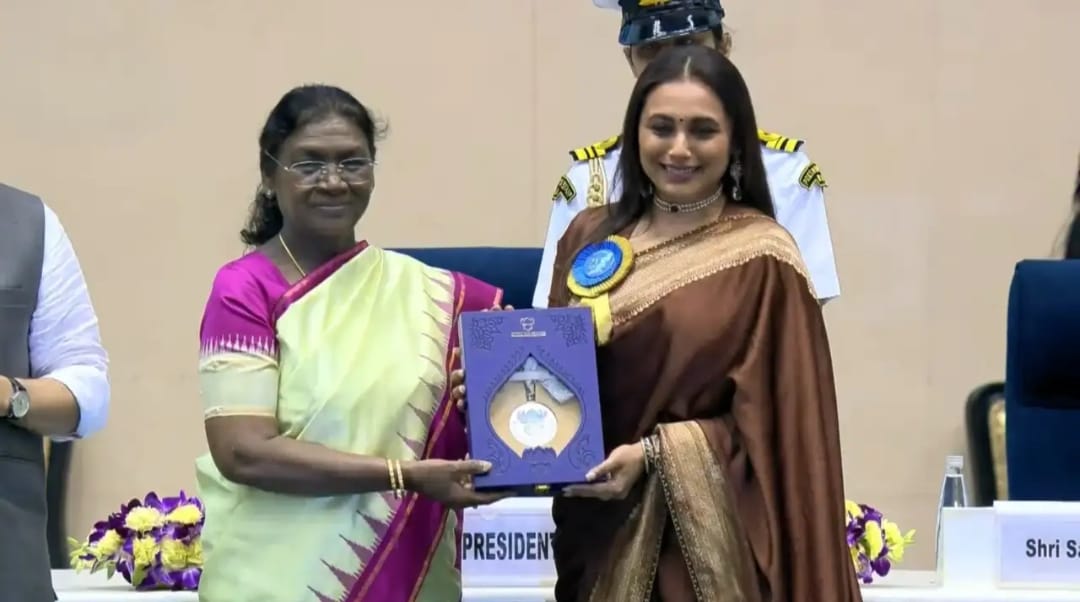

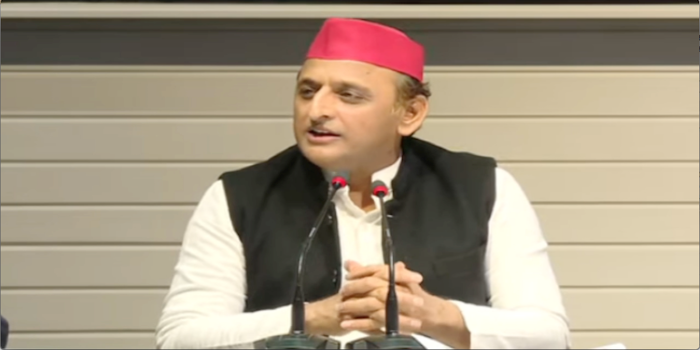




Related Items
China issues yellow alert for typhoon Fengshen
India jumps to 9th position globally in total forest rea: FAO report
Ties with India independent, Kabul slams Pak's 'Proxy War' claims